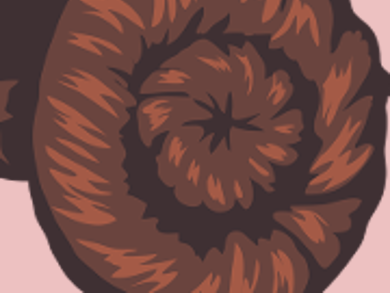In the Star Wars movies, the Droid R2D2 projects a recorded cry for help from Princess Leia into the room. While this was only simulated in the film, Daniel Smalley, Brigham Young University, Utah, USA, and colleagues have made such free-floating 3D projections a reality.
The team has developed a volumetric projection that projects high-resolution, viewable moving images freely into the room. While a hologram is just a two-dimensional projection that produces a 3D effect, their volumetric projections based on photophoretic optical trapping actually have three dimensions.
10 μm-small cellulose particles form the pixels of the projection. These particles are moved by an invisible laser beam and placed in specific arrangements. The researchers illuminate the particles with red, blue, and green light from RGB lasers and, thus, generate the visible image. Because the invisible laser moves the particles during the projection, three-dimensional moving images can be projected in this way. The resolution of the projections already reaches 1,600 dots per inch (dpi)—equivalent to about five million pixels in a pyramid of five centimeters height and width and two and a half centimeters deep.
So far, the researchers have used their display technology to create a butterfly, luminous rings around a real arm, and their version of the famous Leia scene from Star Wars; here, Leia wears a lab coat. However, the images are only tiny line drawings.
- A photophoretic-trap volumetric display,
D. E. Smalley, E. Nygaard, K. Squire, J. Van Wagoner, J. Rasmussen, S. Gneiting, K. Qaderi, J. Goodsell, W. Rogers, M. Lindsey, K. Costner, A. Monk, M. Pearson, B. Haymore, J. Peatross,
Nature 2018.
https://doi.org/10.1038/nature25176




